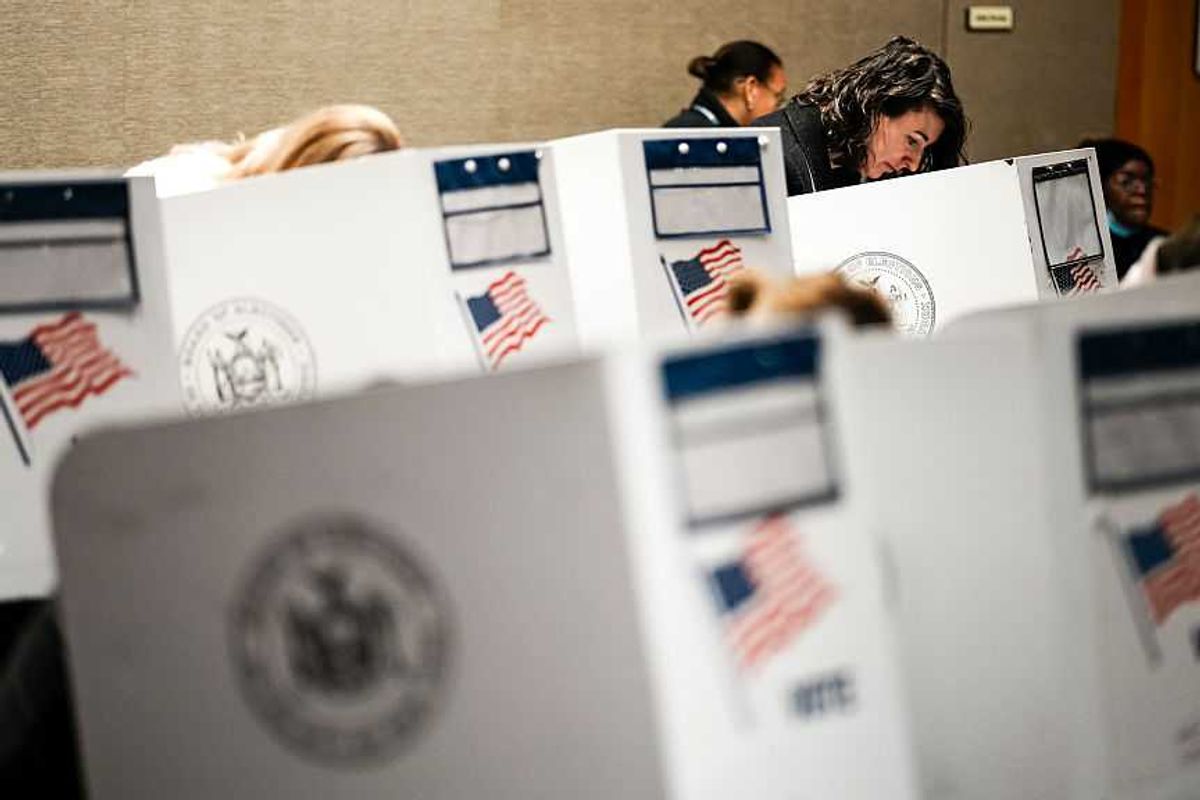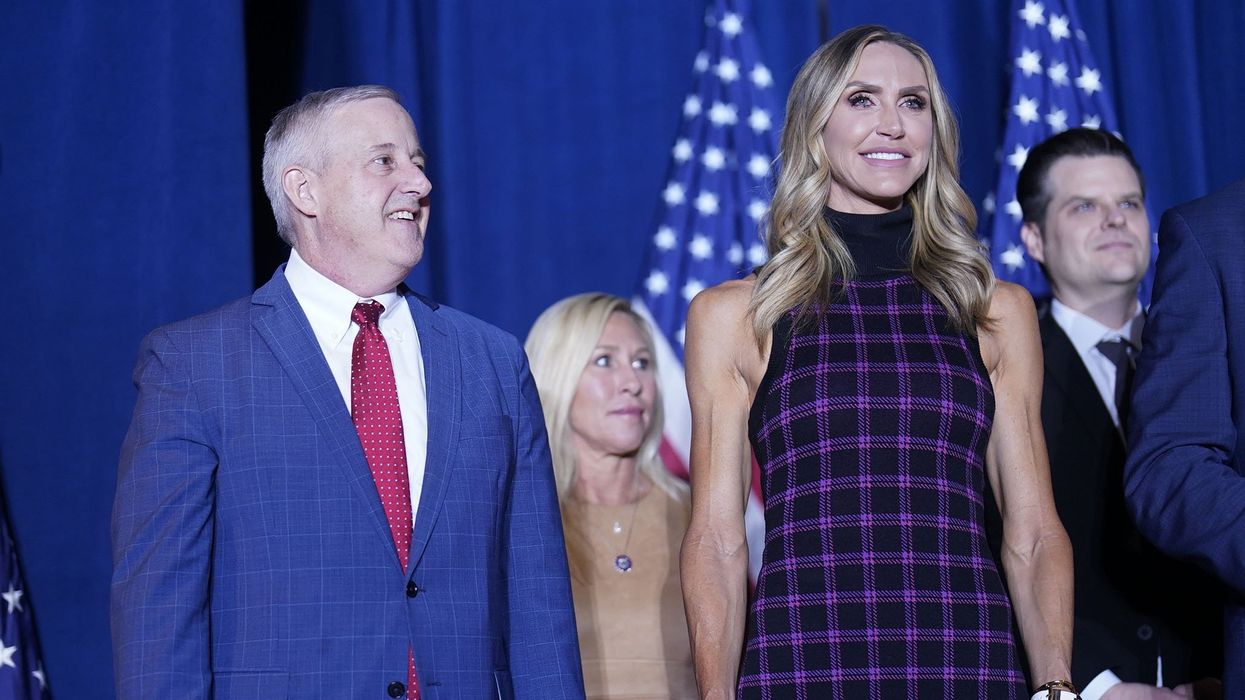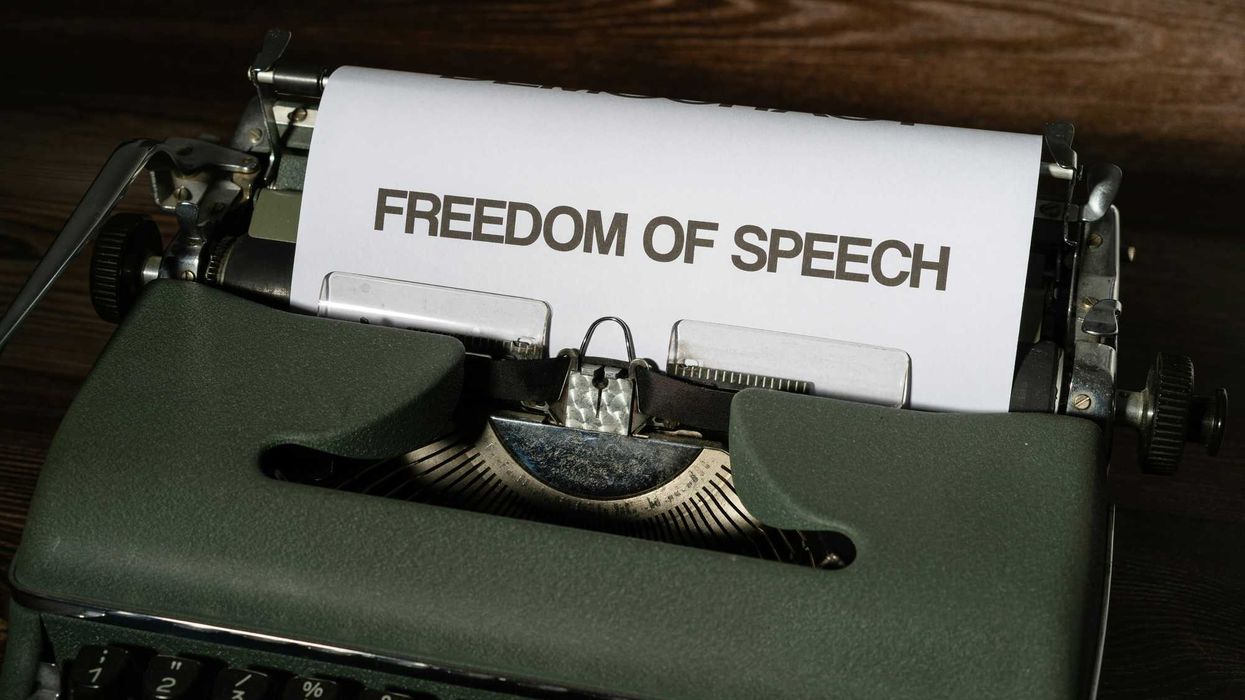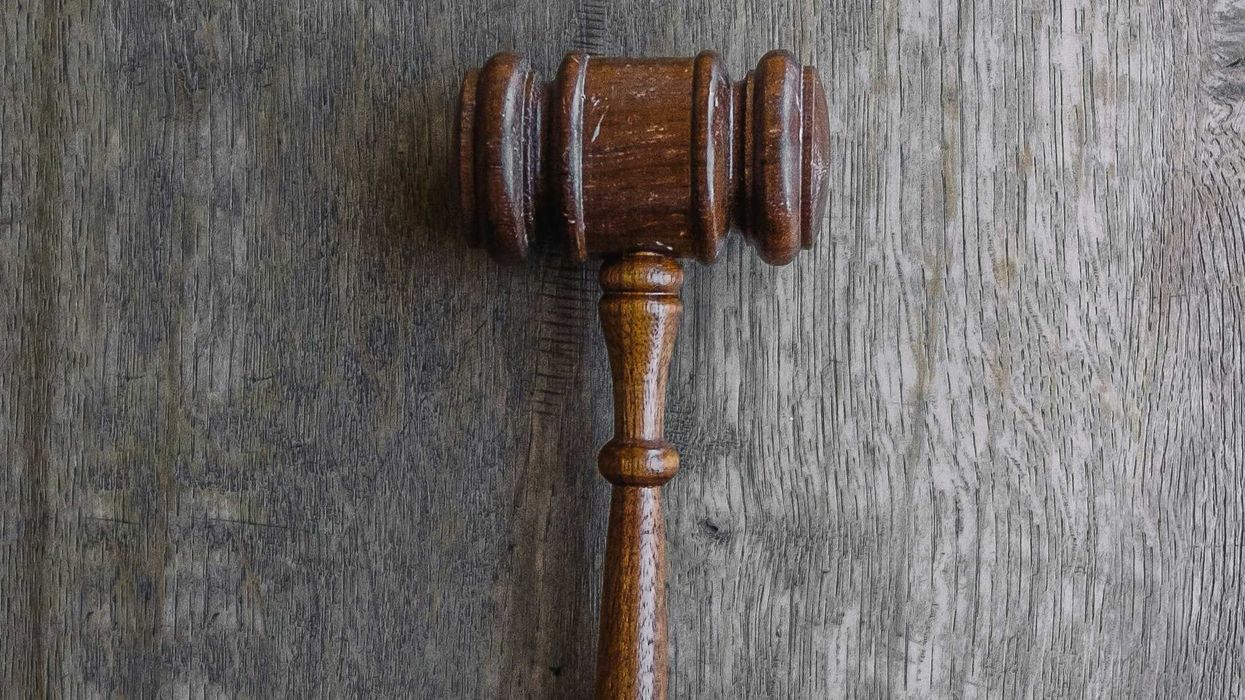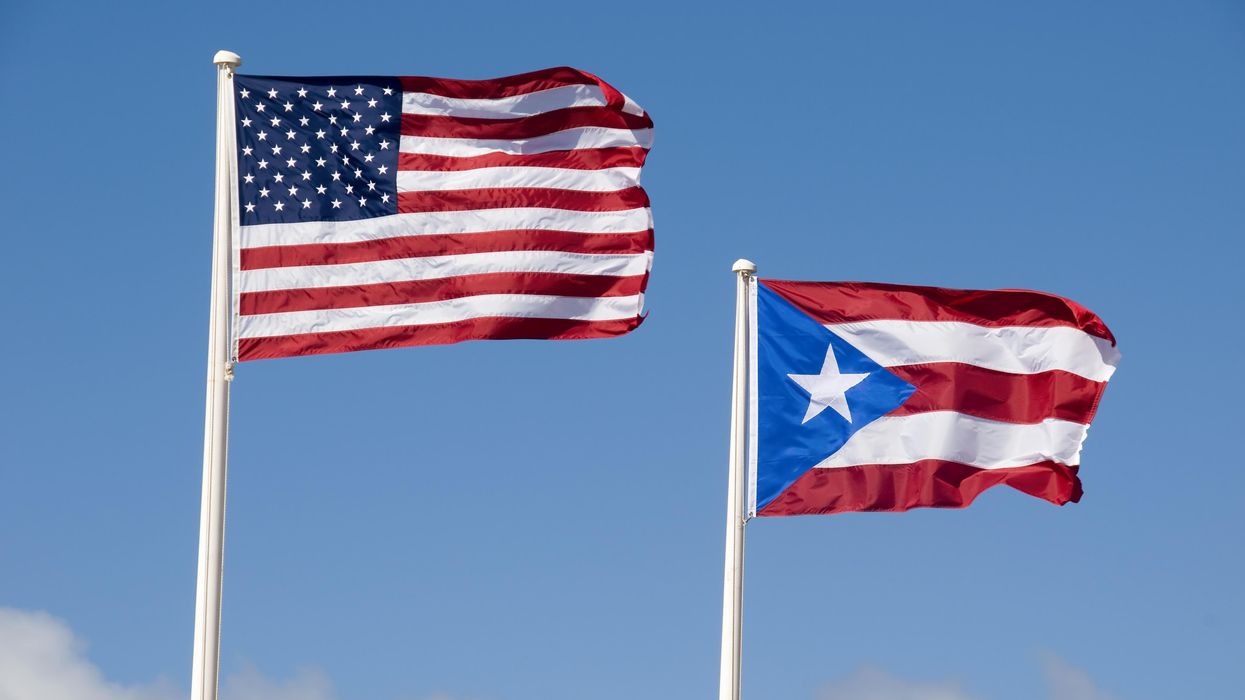Merloe is a member of the Election Reformers Network Advisory Council and provides strategic advice on democracy and elections in the U.S. and internationally.
Donald Trump’s campaign and the Republican National Committee recently announced “the most extensive and monumental election integrity program in the nation’s history,” involving 100,000 “dedicated volunteers and attorneys across every battleground state.” The plan is to deploy election workers, poll watchers, challengers and “aggressive attorneys” to targeted areas in “an historic collaboration between the RNC, the Trump Campaign, and passionate grassroots coalitions who are deeply vested in fighting voter fraud.”
Should this be cause for alarm about potential disruptions of the 2024 elections? The answer is: It depends — on their actions and what others do to better ensure a credible process.
In the announcement, RNC Chair Michael Whatley said the lawyers and volunteers “are committed to the sanctity of our elections.” Who can take issue with that — unless the effort spuriously depicts non-existent widespread election fraud as has been proclaimed by passionate groups welcomed into the initiative by, among others, the director of the RNC’s Election Integrity Department, Christina Norton, during an April 4 call posted online.
The New York Times reported in late April that the RNC effort will target Democratic districts, including cities and African-American neighborhoods. The reporters pointed to new RNC leadership driving this initiative, including Whatley, Norton, Co-chair Lara Trump and Christina Bobb, senior council for election integrity. Bobb is among the 18 people indicted April 24 on felony charges for her role in the Arizona scheme to undo Joe Biden’s election by presenting fraudulent presidential electors to Congress.
One concern about deploying election monitors who are both partisan and convinced that widespread fraud exists is that they may see things that are not there or interpret things incorrectly (like believing someone passing a ginger mint is really illegally passing a USB drive). Having lost more than 60 court challenges, when wrongly declaring the 2020 elections suffered widespread fraud, election deniers only doubled down. And, they have since concocted bogus theories and faulty evidence of voter registration fraud (a rising battle arena), mailed ballot fraud and conspiracy theories about “rigged” election technologies. And now they are falsely claiming that throngs of undocumented immigrants are pouring into the country to illegally vote for Biden.
Needless to say, if such passionate grassroots volunteers are to be integral to the 100,000 strong effort, they will face a daunting challenge in developing accurate observations required for genuine election monitoring and reliable evidence required to back up legal cases. Given the flood of post-election challenges following the 2020 election and the breadth of 2024 cases already lodged, it is possible to see the risks of challenges based on flimsy evidence. We can only hope that rigorous training based on established principles and good practices will lead to accurate, constructive reports.
The 100,000 person effort will monitor logic and accuracy testing of voting machines as well as procedures for early voting, Election Day voting, mailed ballot processing, and post-election canvassing (vote counting and tabulation), audits and recounts. The passionate volunteers are to be linked with a hotline in each key state that is tied to a state party “war room” and litigators at the ready. All of this will take place in the age of social media and the likelihood of deep fakes. Any problem — real or imagined — could easily become a viral source of information or disinformation potentially affecting voter participation and public confidence in the elections.
The potential for physical confrontations at the polls and other election facilities also is concerning in light of the Jan. 6, 2021, attack on the peaceful transfer of the presidency, Trump not ruling out violence should he lose the 2024 election and his inflammatory campaign rhetoric. Passionate volunteers on a crusade against improbable election fraud going to precincts with heavy Democratic Party support, including large cities and African American neighborhoods, could generate confrontations, with images that negatively affect public opinion about the elections.
What should be done to safeguard the elections?
The first thing to do is educate yourself about election processes, whether you are a voter, an activist or a journalist. It will be invaluable to know what procedures prevent illegal voter registration and ensure the proper functioning of electronic voter lists (pollbooks) at voting places, what mechanisms protect the security of voting and vote tabulation, how the integrity of mailed ballots is secured, what the proper roles of poll watchers are, and more. Simultaneously, get a sense of how your state and local election administration conduct themselves.
Such learning is important for personal understanding and interactions with others should incidents flare up in the heat of elections. Good places to start are secretary of state websites, which often describe election procedures. Some media outlets are developing learning tools, like SpotlightPA ’s Elections 101 pages, while the Election Reformers Network and the Bridge Alliance are collaborating in the Election Overtime Project to present such materials for six battleground states. Plus, the Brennan Center for Justice, Votebeat and others are reliable sources.
Direct civic engagement is crucial for safeguarding elections. Engaging with efforts to recruit polling officials is important. That can be done by reaching out to local county election boards about poll worker opportunities and encouraging other reliable people to do so. The Election Assistance Commission provides resources on being a polling official and a way to contact local boards across the country as National Poll Worker Recruitment Day (the Aug. 1) approaches.
Joining or otherwise supporting voter registration efforts helps to realize universal and equal suffrage. Nonpartisan national efforts, like VoteRiders, engage volunteers nationally while providing information and assistance to individuals in each state. There is an array of national and state-specific organizations that focus on voter-registration and turnout, some targeting traditionally disenfranchised communities.
Volunteering with candidates and political parties to encourage voting and safeguard electoral integrity is also crucial. Party/candidate poll watching and related monitoring is a public service, not a gladiatorial contest. Such monitors can reassure their party’s supporters that the process is being protected and can help encourage officials to ensure smooth processes, even identifying and alleviating problems as they develop. Proper training emphasizes cooperation, rather than conflict with election officials, opponents’ poll watchers and voters — both inside and outside voting and canvassing centers.
In many elections that I’ve observed, internal reports of party election monitors played a critical role in helping candidates accept that the process was credible, even when they lost, and at times provided the factual basis for electoral challenges. Those circumstances typically required strong election administration and good-faith actions of well-trained party agents. Many other countries have the advantage of respected nonpartisan election monitors and international observers who are trusted to report accurately, but who, unfortunately, do not play major roles in the United States. That places a heightened obligation on journalists to understand election intricacies and accurately cover electoral controversies.
“All eyes on the election process” is a fitting call this year, but like observing any phenomenon, accurate monitoring requires refining one’s understanding of it. Learning and engaging are essential to safeguarding the credibility of elections, and helping others to see accurately is part of bolstering democracy. No time is more important for that than the next few months as we move toward Nov. 5, 2024, and Jan. 6, 2025.




